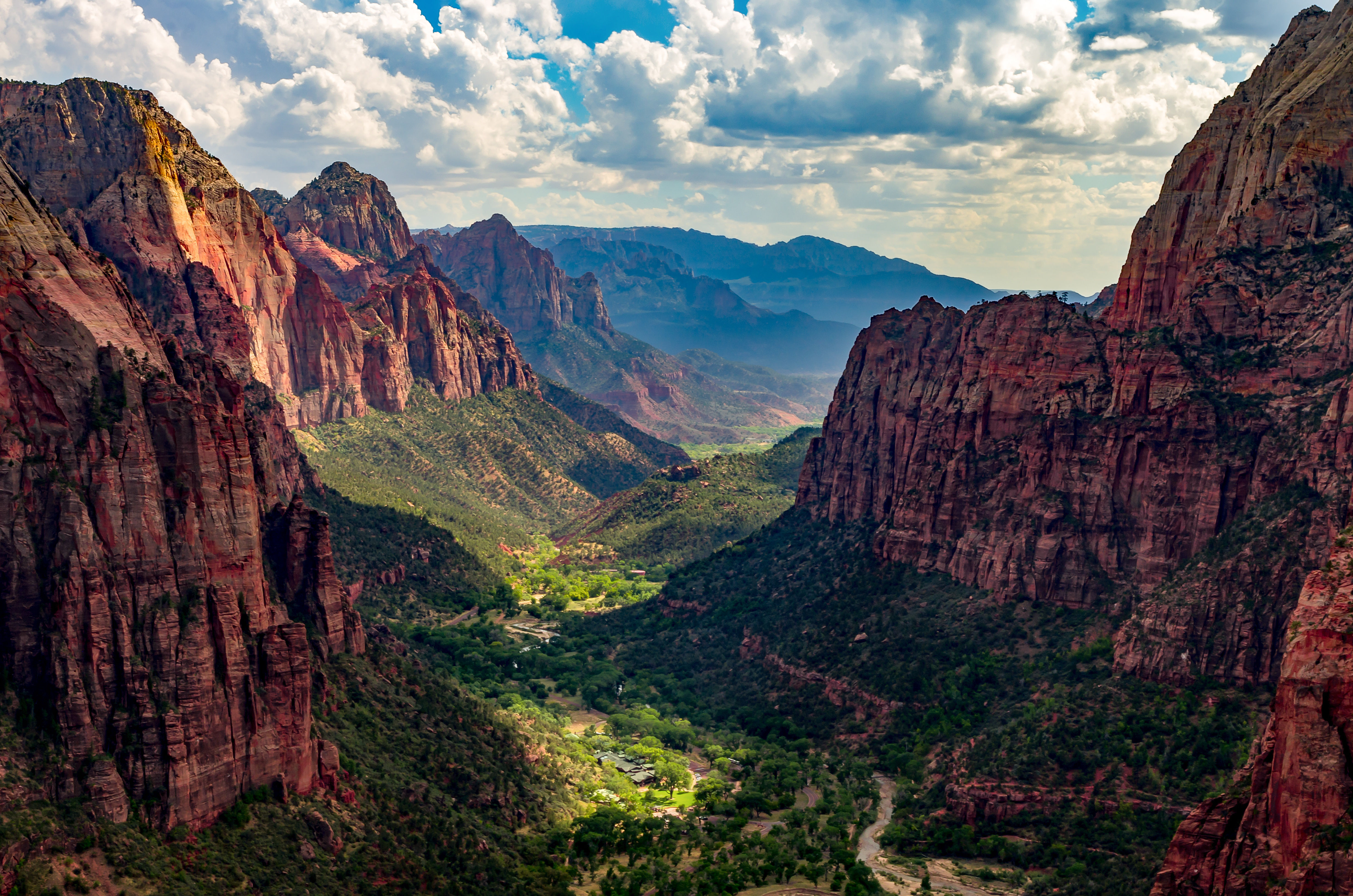Tour operators frustrated with new national park reservation system
A well-meaning move to promote sustainability in America’s national parks is backfiring on the tour operators who offer these destinations.
The reservation system, introduced in some of the most popular national parks earlier this year, often only allows reservations to be made days or even hours after visiting a park. It was designed to limit heavy traffic and better preserve natural resources.
But that’s costing tour operators, who book months in advance, lost bookings due to the short booking window, especially for international travelers, who book between six months and a year in advance.
“If a family has long dreamed of visiting the Grand Canyon or Yellowstone and has planned, recorded and scheduled their trip well in advance, they want to make sure their park reservations are booked and secure,” says Simon Russell, CEO of Authentic Vacations. . “When we work with local national park suppliers and day tour operators and they can’t guarantee us a booked reservation at one of the parks, we can’t give them the deal and everyone loses – the traveler, us and the local supplier.”
Additionally, most reservations should be made for parks that need them through Recreation.gov, a platform that National Tour Association (NTA) President Catherine Prather says is better suited to individual or family travelers and is “not designed for groups or tour operators”. “
“Seventy-six percent of our tour operators run the parks,” says Prather. “National parks are an important component or stand-alone feature of many NTA tour operators’ tours and packages.”
Subscribe to our newsletter below
Foreign and domestic travel industry leaders are openly calling on the U.S. Department of the Interior to reform the reservation system and work with tour operators to find solutions that benefit visitors and also preserve parks. .
A letter drafted by the US Travel Association and signed by 388 members of the travel industry was recently sent to the Secretary of the Interior and the Director of the National Park Service (NPS) requesting that the reservation system allow reservations that may be made 10 to 12 months in advance. . The signatories represented hotels, cruise lines, destinations and tour operators.
The industry also wants a consistent reservation system in place across all national parks.
“Instead of having a national clearinghouse for all NPS locations, each park sets up its own reservation system with different rules, forms, and fees,” Prather said. “A tour operator may have to issue payments and file documents for each national park they visit during the year. All tour operators, whether big brands or small businesses, are faced with systems reservations that vary from park to park It is an administrative burden and a challenge.
Extending the booking window and unifying the booking process is “crucial”, according to US Travel, and will support inbound travel, which has been slower to recover than domestic travel, as international travel fell by 78% in 2021.
“National parks are also an undeniable attraction for international travelers,” the letter states. “Overseas travelers accounted for more than a third (35%) of the 327 million visitors to national parks in 2019.”
An additional “layer of complexity”
Reservation requirements and timed entry systems aren’t entirely new to national parks: many such measures were introduced in 2020 to curb overtourism and limit vehicular traffic when visitor numbers spiked in boom, largely because outdoor activities were heavily favored and international travel was either not an option or heavily restricted due to the pandemic.
But the reservation system introduced this summer was the tipping point for tour operators, introducing challenges beyond booking park tours.
“They also add a layer of complexity for tour operators looking to book meals, hikes and tours for their groups staying inside the parks,” says Joanne Gardner, vice president of global operations for Tauck.
As frustrating as it has been, tour operators want to work with the park department to find solutions and be included in the decision-making process for issues that directly affect their business and impact the recovery of the travel industry.
“State parks should definitely be on every traveler’s bucket list,” says Matt Berna, President of Intrepid Travel – North America. He said driving tourists to less crowded state parks is a viable solution to slowing volume at the most popular national parks. “Many state parks offer iconic sights and landmarks, fantastic active adventures, and unparalleled wildlife. Plus, you’ll likely avoid the crowds you might find in national parks.”
“What we share in our meetings with parks and the NPS is that tour operators can be part of the solution,” says Prather, adding that using coaches to transport groups in and outside the parks is an effective way to reduce vehicle volume and traffic problems and that the “very nature” of a tour operator’s business is group management.
“Come to us,” she adds. “We will provide on the ground information about tour operators and why what is currently in place or what is on offer will not work for tour operators and their customers.”
* This article originally appeared on Travel Weekly


Comments are closed.